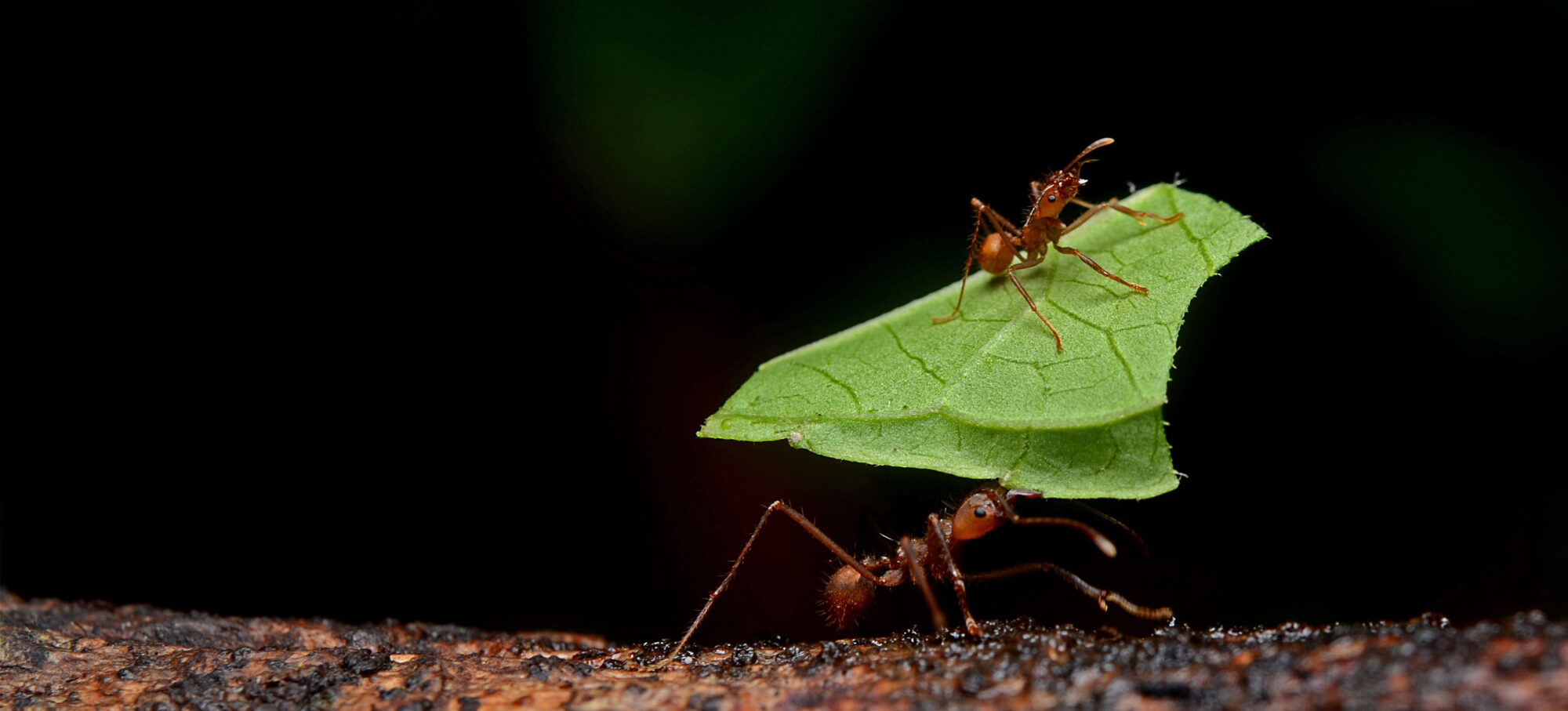What does a Space-X or Soyuz capsule carry as cargo to and from the International Space Station (ISS)? In 2015 and 2016, among the freeze-dried apple slices, it included kits to collect bacteria and send them back to Earth. The goal was to study which bacteria inhabit ISS, on the dining table, hygiene compartment, the permanent multipurpose module, and other places. And to uncover their antibiotic resistance patterns. Nearly 60 strains of microbes where identified. Antibiotic resistance was found against penicillin (92 %), oxacillin (68%), rifampin (66 %), erythromycin (64%), cefoxitin (49%), cefazolin (29%), tobramycin (19% ), and gentamicin and ciprofloxacin (14%) (these were all the drugs tested). The most resistant species was the bacterium E. bugandensis: with the exception of 2 strains sensitive to tobramycin, all six isolates from ISS were resistant to all 9 antibiotics.
Continue reading “Out of Africa, out of this world: the miraculous story of E.bugandensis”
